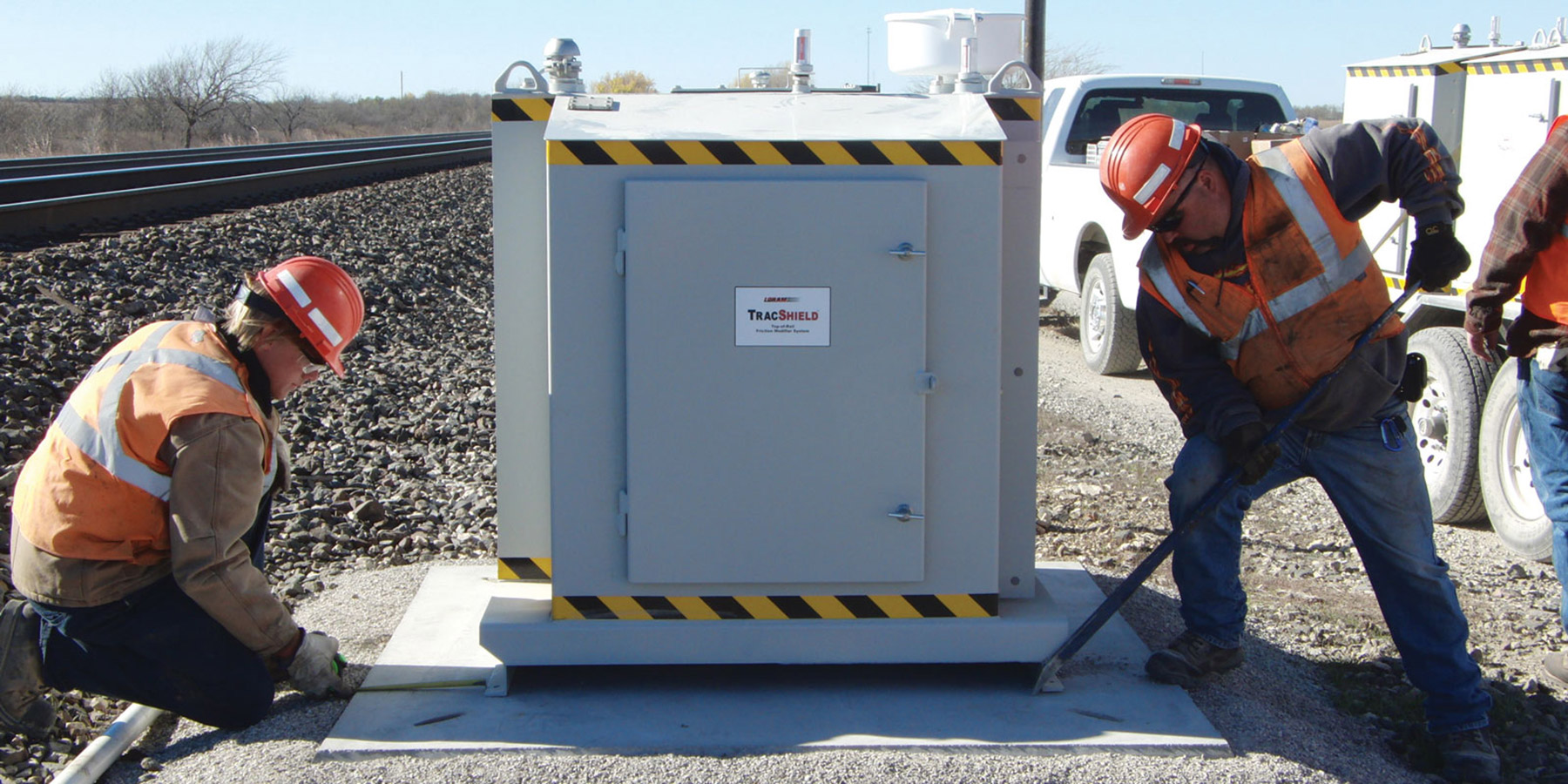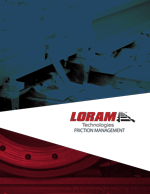Installation
The success of a friction management program depends on proper site selection, installation, and calibration of the wayside units. Loram has the experts to assist the customer throughout the installation process.
Loram’s installation process involves a three stages: pre-installation, site preparation, and installation.
Pre-installation
Loram determines the best location for the friction management units. Road accessibility, cellular or satellite service availability, solar power capabilities, track grade, proximity to grade crossings and control points, and the security of the area to deter vandalism all play a role in site selection. Some of Loram’s methods to determine unit locations, include onsite inspections and utilizing GIS data, track charts and other railroad provided data. Once the site is selected, Loram creates and coordinates a comprehensive installation plan.
Site Preparation
Loram prepares the site. Brush is cleared. Debris is removed. Ground is leveled and trenching for hoses is completed before placing the tank pad. During the site preparation, Loram requires very little track time, so site preparation has minimal impact on train operation.
Installation
The friction management units are placed on the tank pad, hoses are routed, and the bar applicators are installed on the rail per Loram’s design or railroad’s specification. The units are then programmed, calibrated, and commissioned.
We install confidence.
Our knowledgeable and experienced team has installed thousands of wayside units. We are experts in unit placement, location, and timely commissioning. Loram provides the technical expertise to train customers on operation, maintenance, and troubleshooting of the wayside systems. This training is essential to correctly maintain the units and increase the longevity of the systems.


